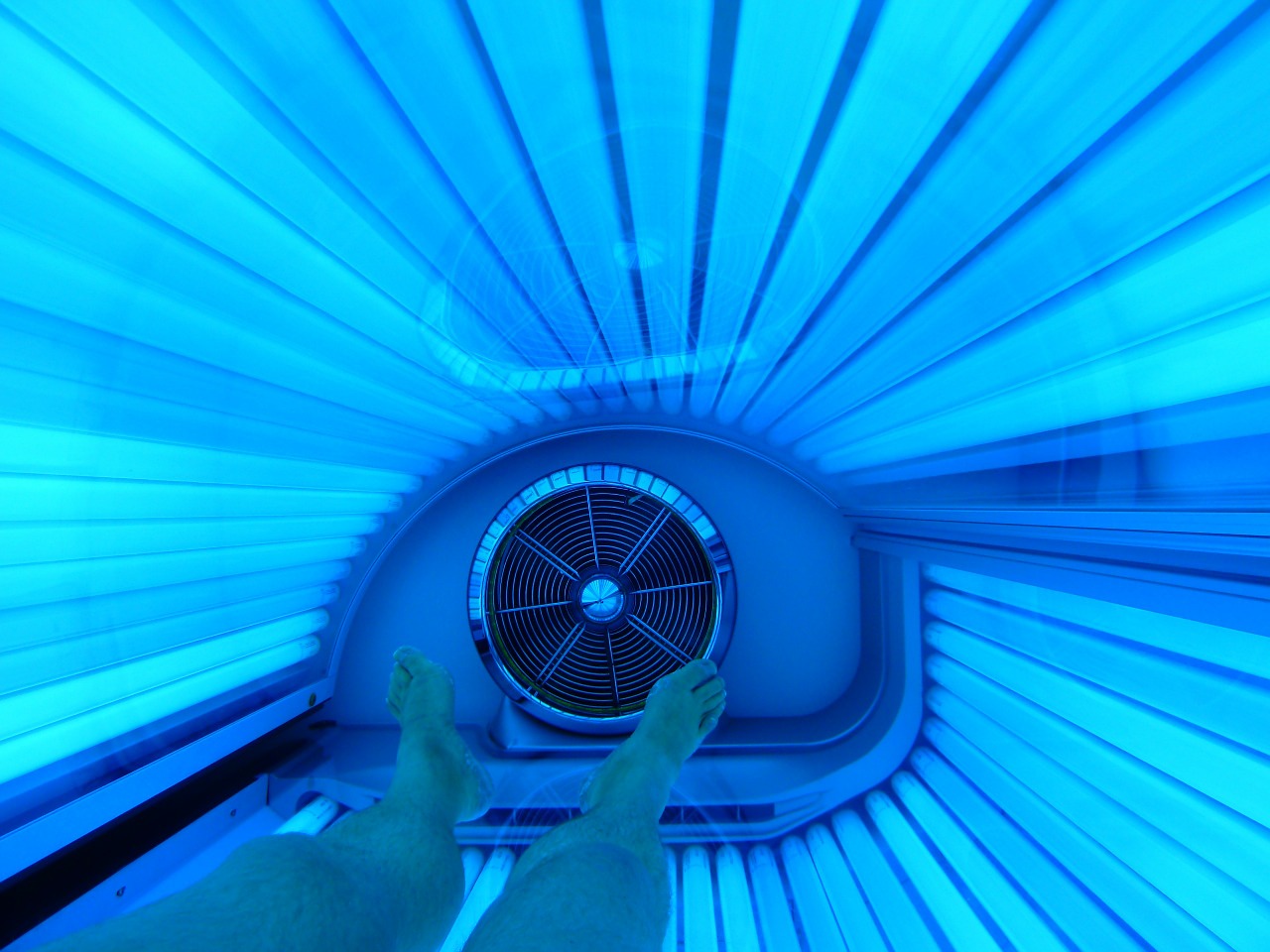
By Ashley Puchalski, Staff Writer
Indoor tanning salons offer a solution to those looking to achieve a sun-kissed glow year-round without the hassle of achieving a traditional suntan. The ultraviolet (UV) radiation produced by tanning beds, however, poses a serious threat to the health of those who use them.
UV-A rays and UV-B rays produced by tanning beds can seriously damage the skin and, in some cases, may lead to skin cancer.[1] Other side effects of using tanning beds include permanent eye damage, premature aging, allergic reactions, and immune system suppression.[2] The risk of melanoma also increases 75 percent in those who begin using a tanning bed before the age of 35.[3] The health risks of indoor tanning have caused the U.S. Food and Drug Administration (FDA) great concern. [4] Recently, the FDA has become particularly interested in children and young teens’ exposure to UV radiation.[5] Minors’ exposure from tanning beds has become a matter of importance to the FDA and has trickled down to state legislatures.[6]
States recognize the risks of indoor tanning and have begun to take matters into their own hands. Children and teenagers are not immune to skin cancer. There is research that indicates that exposure to UV radiation earlier in life increases one’s probability of getting skin cancer as an adult.[7]
Approximately 42 states have passed legislation that regulate indoor tanning facilities for minors, and some states — including but not limited to California, Texas, North Carolina, and Illinois — have completely banned minors under the age of 18 from using indoor tanning facilities.[8] Because over 3.5 million people are diagnosed with skin cancer per year, state legislatures have an interest in protecting their citizens, particularly children, from the risks of indoor tanning.[9]
Most states that have not passed legislation completely banning minors under 18 from using indoor tanning facilities have laws that regulate the indoor tanning industry. Pennsylvania, for instance, recently passed the Indoor Tanning Regulation Act, which places strict rules and regulations on indoor tanning facilities.[10] A key provision prevents children under the age of 16 from using a tanning bed.[11] It also requires 17-year-olds to provide a signature of a parent or guardian consenting to their use of an indoor tanning bed.[12] The state legislature hopes that these restrictions will deter young teenagers from using tanning beds and will decrease the amount of skin cancer in young adults.
Perhaps one day in the future, all states will pass legislation banning the use of indoor tanning facilities for minors under 18. But for now, it is a step in the right direction that legislatures are taking seriously the risk of UV ray exposure for all individuals, particularly minors.
Sources
[1] U.S. Food and Drug Admin., Indoor Tanning: The Risks of Ultraviolet Rays, http://www.fda.gov/ForConsumers/ConsumerUpdates/ucm186687.htm>, (last updated September 8, 2016).
[2] Id.
[3] Id.
[4] Id.
[5] Id.
[6] Id.
[7] National Conference of State Legislatures, Indoor Tanning Restrictions for Minors: A State-By-State Comparison, http://www.ncsl.org/research/health/indoor-tanning-restrictions.aspx (last updated March 31, 2016).
[8] Id.
[9] Id.
[10] 35 Pa. Stat. Ann. § 10230.8 (LexisNexis 2016).
[11] Id.
[12] Id.